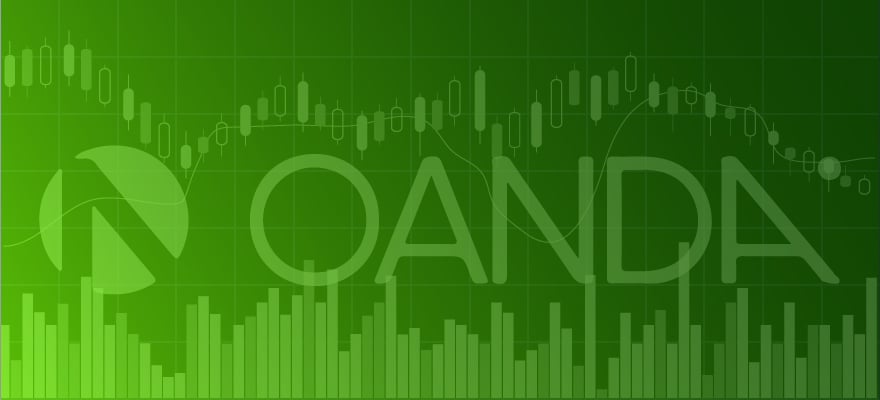Korea introduced FX Margin business in 2005, later than in other countries. However, the Korean dynamism was no exception in FX Margin market as it grew rapidly, passing through the financial crisis in 2008. But recently, the Financial Supervisory Service, a government Regulation body, grew concerned about excessive investment in the FX Market and is increasing restrictions, such as a deposit increase. Thus the FX market is being tested for its sustainable growth ability.
In February 2009, the Korean government integrated securities, asset management and futures regulations, and enacted the Financial Investment Services and Capital Market Acts. Since then, securities firms can also engage in the business. Currently, 6 existing FCMs and 18 securities firms are engaging in FX Margin brokerage.
From a market share point of view of foreign FDMs in Korea, FXCM which has entered since the initial market stage is dominating the market followed by Gain Capital, OANDA and IBFX. Himawari Group has entered the market as the first Japanese firm but has been faltering due to its financial standing.
Trading Volume
In Korea, 100k is the only contract size available for FX Margin because when it was introduced in 2005, its specification was adjusted to CME’s currency futures. Also, the FSS does not allow mini-size contracts such as 10k, being concerned that it could lower the entry barrier for investors and lead to excessive trading.
From 2005 to 2008, the trading volume was insignificant as the existing futures investors were the only main investors of FX Margin. However, the volume begun to increase as Koreans who traded FX Margin overseas came back to Korea.
Since the economic crisis in 2008 FX trading volume has rapidly increased. On February 2009, the trade amount reached US$37 billion ($37,621,238,000). This marked a remarkable growth in the market and newcomers, such as securities firms, were competitively entering in the business. Nonetheless, Korea was no exception to the global wave of increasing restrictions for derivatives trading. Unlike Exchange trading, most investors of FX Margin trading were individuals and there were complaints over investment losses. Hence, the FSS raised the deposit rate from 2% to 5% on July 2009. Along with this, the FSS strengthened window guidance such as education for investors to prevent reckless management of securities firms. Due to these restrictions, the trading volume that was once rapidly increasing has been somewhat steady since.
Trading Amount by Companies (Unit: US$1,000)
table.tableizer-table {border: 1px solid #CCC; font-family: Arial, Helvetica, sans-serif; font-size: 12px;} .tableizer-table td {padding: 4px; margin: 3px; border: 1px solid #ccc;}.tableizer-table th {background-color: #104E8B; color: #FFF; font-weight: bold;}
| 2010* | MKT Ratio | 2011.01~06 | MKT Ratio | |
|---|---|---|---|---|
| KEB Futures | 112,003,900 | 23.8 | 78,267,773 | 24.1 |
| Kiwoom Securities | 20,688,528 | 4.4 | 61,371,418 | 18.9 |
| Hyundai Futures | ||||
| Samsung Futures | ||||
| Hanmag Securities | ||||
| Korea Investment Securities | ||||
| Eugene Futures | ||||
| Woori Futures | ||||
| KR Futures | ||||
| Hyundai Securities | ||||
| Daewoo Securities | ||||
| Others | ||||
| Total | 470,775,402 | 100 | 324,716,497 | 100 |
*Note: Securities firms entered into the market since October 2010
(Source: Estimation)


















